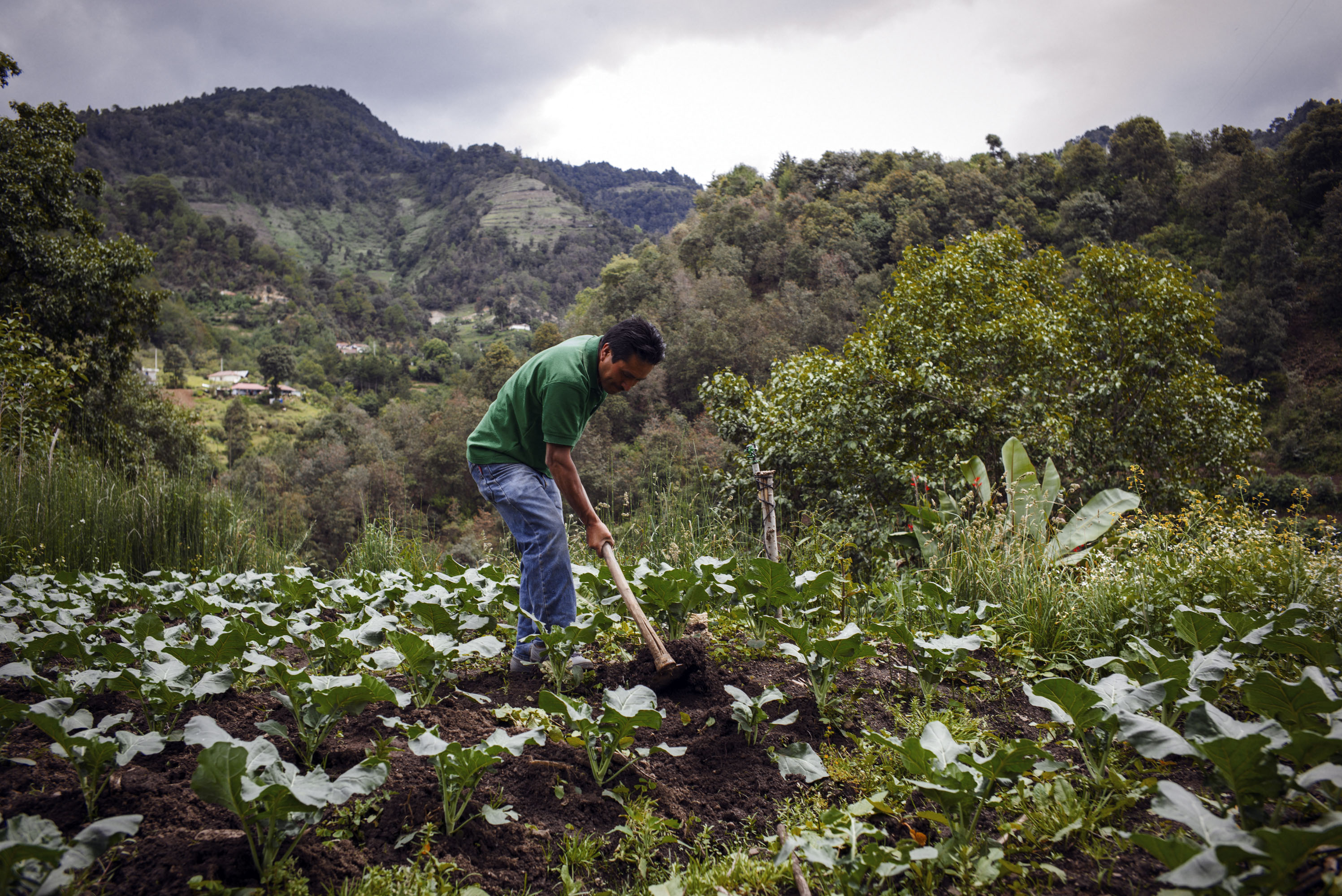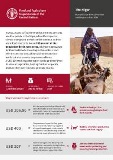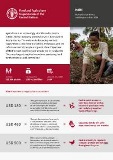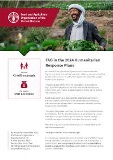
News
Worsening hunger grips West and Central Africa amid persistent conflict and economic turmoil
15/04/2024
Nearly 55 million people in West and Central Africa will struggle to feed themselves in the June-August 2024 lean season, according to the March...
.tmb-th600x400.jpg?Culture=en&sfvrsn=229f284e_1)
News
5 things you should know about how conflict in Sudan is devastating agriculture and people's food security
15/04/2024
One year on from the start of the most recent hostilities in Sudan, here are five things to know about conflict’s devastating impact on agriculture...
Highlights
.jpg?sfvrsn=f5fb3c73_13)
In times of crisis, every seed counts
As conflict rages across Sudan, agriculture – a key pillar of food and income – is jeopardized for millions of people. Yet, some farmers have held the line.
Afghanistan Rural Insight
18/02/2024
Discover Afghanistan's rural views in this engaging video, which showcases farmers' different perspectives.
Famine is imminent in Gaza Strip - Interview with Rein Paulsen
19/03/2024
The food security situation in Gaza is catastrophic; famine is imminent in the Northern Governorates and there is a risk of famine across the rest of the Gaza Strip, according to a new report published March 18 by the Integrated Food Security Phase Classification (IPC) global initiative.

In focus
Anticipatory action
FAO is forging a way for a faster, more effective humanitarian system by shifting from disaster response to anticipation.

Social protection
Worldwide, 80 percent of the extreme poor live in rural areas. Of these, 76 percent work in agriculture, and a great share of them relies on subsistence farming.
Publications

Niger: Humanitarian Needs Overview and Response Plan 2024
22/02/2024
In 2023, access to food emerged as the most pressing need for people in the Niger, where the impact of climate change and armed conflict continue to drive acute food insecurity.

Haiti: Humanitarian Needs and Response Plan 2024
02/02/2024
Agriculture is an increasingly vital lifeline for people in Haiti. Rising insecurity and low harvests have pushed food prices up.

FAO in the 2024 Humanitarian Response Plans
11/12/2023
By the end of 2022, the Global Report on Food Crises recorded the highest-ever levels of acute food insecurity – affecting a quarter of a billion people in 53 countries – in spite of the highest ever levels of funding for humanitarian response.


